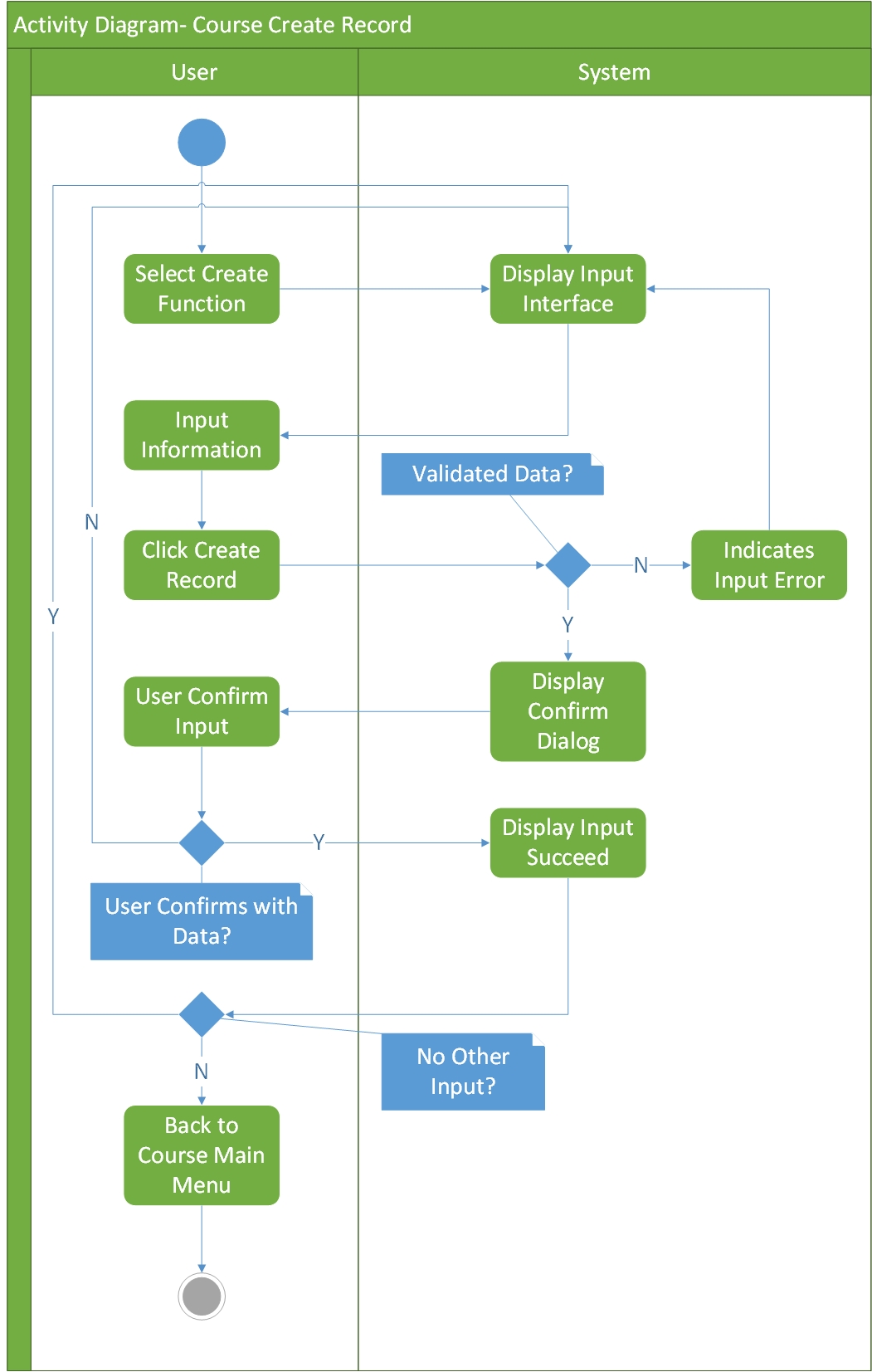The research project is intended to expose designers to the methodologies and techniques used in antenna engineering, and the increasingly important role that advanced electro- magnetic modeling software plays in the overall design process. It is also intended to give designers scope to research techniques for improving performance of a ‘core’ antenna design, and how these techniques can be quantitatively assessed. In this project, designers can expect to learn how to design a dual-band Planar Inverted-F Antenna (PIFA), assess its performance, and identify strategies for synthesizing improved designs. In the project, CST Microwave Studio can be used as the analysis tool.
The geometry of a simple single-frequency PIFA comprises a rectangular patch element suspended over a ground plane. The patch is fed via a coaxial aperture on the bottom side of the ground, the centre conductor of which passes through the substrate and connects with the patch,shorting objects are also included which bridges the patch to the ground plane. resonant frequency of the PIFA is strongly related to the length and width of the patch, and the input impedance is dependent on the location of the feed and shorting plate, and the dimensions of the ground plane.
Specification:
Antenna type: Dual-band PIFA implemented as a single conducting (PEC) layer above a ground plane;
Frequencies of operation: 2.4 2.5 GHz (2.4 GHz ISM band) and 5.1 5.2 GHz (5.2 GHz ISM band);
Ports: 2 x coaxial ports one for each band;
Nominal input impedance: 50 (each port);
Bandwidth: VSWR less than 2 over indicated frequency ranges;
Substrate thickness: No more than 5 mm;
Substrate dielectric: Air/vacuum;
Port/feed electric: Air /vacuum;
PIFA thickness: 17 um;
Ground plane: Dimensions 50 mm x 20 m The ground plane thickness is not critical to this design, but to allow accurate estimation of port impedances a thickness of 5 mm is suggested;
Coaxial aperture dimensions: a=0.3 mm, b=0.69 mm, dielectric er=1.0.






